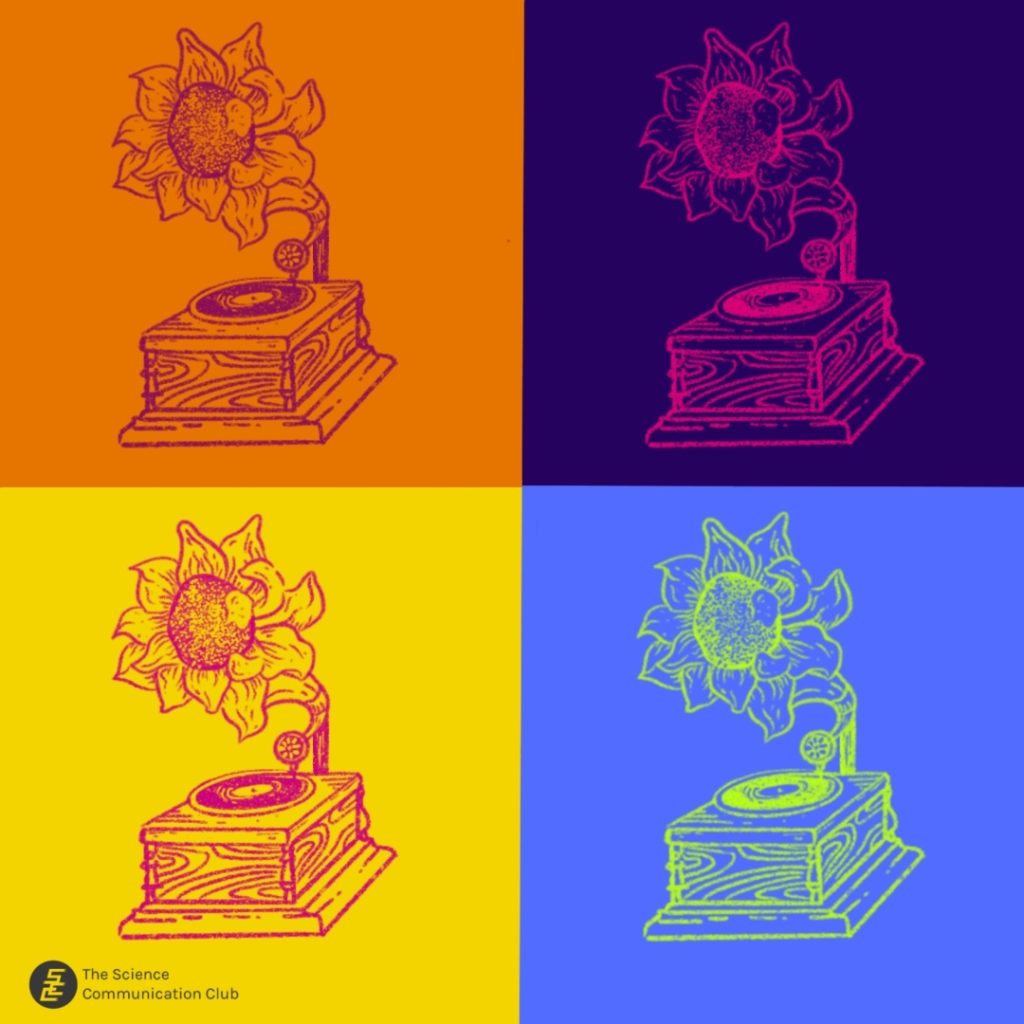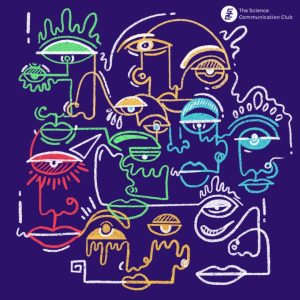
Written by Melissa Wong
Illustrated by Amy Zhang
 Are we all mainstream? The science behind aesthetic taste
Are we all mainstream? The science behind aesthetic taste
What is your favourite shape? And your favourite piece of art? Your tastes define you; you may think that these tastes are unique and extremely personal, but science has a different hypothesis: some of your aesthetic tastes may be, to a certain point, universal1,2.
Our brains evaluate aesthetic preferences the same way we evaluate one-dimensional factors such as saltiness or hue3. This means that our perception of aesthetics is not only fairly simple, but also that your aesthetic tastes can be quantified and evaluated using scientific tools. This is the goal of empirical aesthetics, a branch of psychology and sociology that tries to understand what makes something “beautiful,” and why2. Are there any rules that make images or sounds more aesthetically pleasant? Did our evolutionary history shape our tastes? And how does culture or gender affect our aesthetic preferences?
In 2022, a group of psychologists led by Dr. Chen from the Universities of Harvard and California wanted to answer one question: do people share their preferences in aesthetics? In their study1, almost 200 participants were asked to rate sounds and images according to their pleasantness. Researchers chose everyday sounds and images relatable to anyone, free from factors that may condition people’s preferences, such as symbols or words. Images were photographs of subjects ranging from green fields to machinery, furniture or (strangely) a toilet. Sounds included thunder, rain or typing on a keyboard. Their results showed that most people found images showing open landscapes and bodies of water as most appealing but rated images with tools or moulded food as least appealing. However, other people were atypical, anti-mainstream in their tastes, these people were unique both in their visual and sound preferences.
Previous research, though, has also shown that most people tend to have preference for specific traits, including curved4 and symmetrical objects2 or natural landscapes2. It is possible that choosing a lush habitat over a barren land based merely on aesthetics, rather than its practical use, could have been key for the survival of our species2. Actually, aesthetics continues to influence our lives today, including the way we judge information. Beautiful graphs, for example, can be seen as more trustworthy, regardless of their quality, and this is consistent across education levels5. For decades, companies have been tailoring their products to fit customer preferences and algorithms are currently monitoring our shopping and internet searches. If aesthetics are quantifiable, and somewhat universal, we may be heading towards a future in which companies or even pollical parties6 may be using aesthetics to condition our decisions.
In an era of increasing globalization, typical or mainstreams tastes will reach and influence an increasing number of people. Researchers have found that people tend to prefer musical styles with specific traits, such as a middle-level of complexity7. Studies on the evolution of music, for example, show that music styles like Pop/Rock, one of the most relevant musical styles today, have become less diverse8 and more formulaic9 over the last decades. This trend is especially true when looking at commercial and best-selling music8. Does this reflect a certain test typicality, enhanced by globalization and music celebrities? Before you start fearing the extinction of your favourite niche band, it is important to note that aesthetic tastes are still heavily influenced by one trait: individuality.
Our individual quirks, preferences, and even culture can still play a major role in defining our tastes2. The type of stimuli is also important: judging a photo may be easy, but judging full movies or abstract art may result in highly different preferences. Some tastes may be commonplace, but being mainstream may still be avoided.
Sources:
1. Chen YC, Chang A, Rosenberg MD, Feng D, Scholl BJ, Trainor LJ. “Taste typicality” is a foundational and multi-modal dimension of ordinary aesthetic experience. Current Biology. 2022;32(8):1837–1842. doi:10.1016/j.cub.2022.02.039
2. Brielmann AA, Pelli DG. Aesthetics. Current Biology. 2018;28:R847–R870. doi:10.1016/j.cub.2018.06.004
3. Pombo M, Pelli DG. Beauty isn ’t special: comparing the information capacity of beauty and other sensory judgments. PsyarXiv. 2022:1–15.
4. Bar M, Neta M. Humans prefer curved visual objects. Psychological Science. 2006;17(8):645–648. doi:10.1111/j.1467-9280.2006.01759.x
5. Lin C, Thornton M. Visualization aesthetics bias trust in science, news, and social media. Preprint at PsyArXiv. 2022.
6. Pombo M, Pelli DG. Aesthetics: it’s beautiful to me. Current Biology. 2022;32:R360–R384. doi:10.1016/j.cub.2022.03.002
7. North AC, Hargreaves DJ. Subjective complexity, familiarity, and liking for popular music. Psychomusicology: A Journal of Research in Music Cognition. 1995;14(1–2):77–93. doi:10.1037/h0094090
8. Negro G, Kovács B, Carroll GR. Bustin’ out: the evolution of novelty and diversity in recorded music. Research in the Sociology of Organizations. 2022;77:51–87. doi:10.1108/S0733-558X20220000077007
9. Percino G, Klimek P, Thurner S. Instrumentational complexity of music genres and why simplicity sells. PLoS ONE. 2014;9(12):1–16. doi:10.1371/journal.pone.0115255